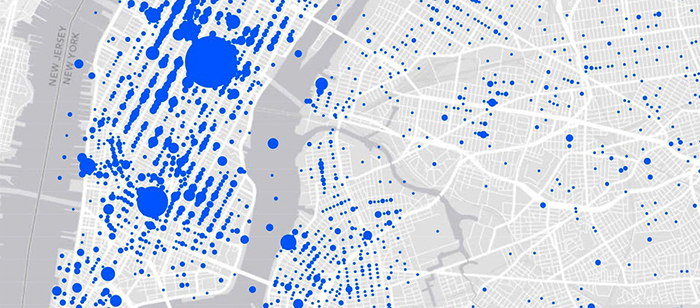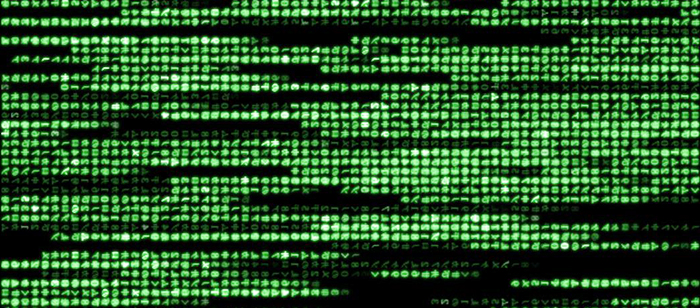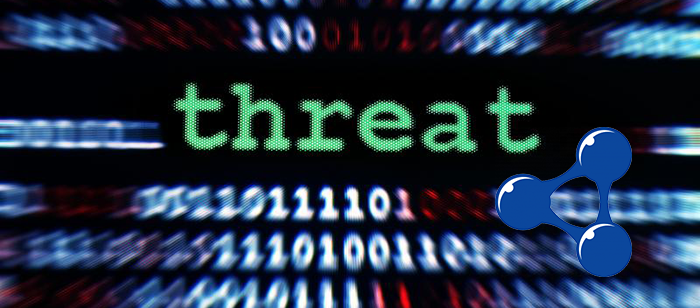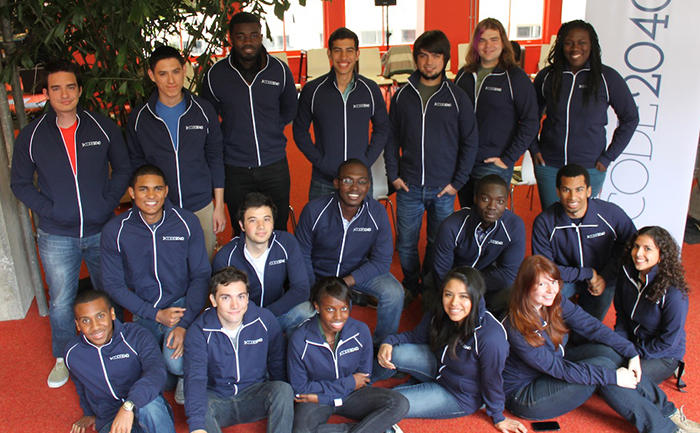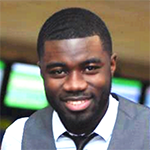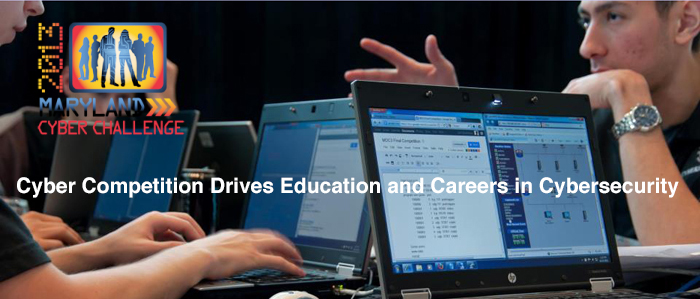
MCLEAN, Va., July 8, 2013 /PRNewswire/ — Science Applications International Corporation (SAIC) (NYSE: SAI), Maryland's Department of Business and Economic Development (DBED), and the University of Maryland, Baltimore County (UMBC) announced the third annual 2013 statewide cyber competition, the Maryland Cyber Challenge™, will be held October 8 through October 9 at the Baltimore Convention Center in Baltimore, Maryland. Registration is now open for aspiring cyber warriors from around the nation to compete at the Maryland event, located in the growing epicenter for the cybersecurity industry.
The Maryland Cyber Challenge™ is designed to attract more students and young professionals to pursue careers in cybersecurity and is held in conjunction with the CyberMaryland2013 Conference and Cyber Hall of Fame. It is the premier statewide cyber competition showcasing today's students and tomorrow's technologists with three levels of competition: high school, college and professional. Teams will have the opportunity to develop and improve their cybersecurity skills in a real-world environment. Founders of the event include SAIC, UMBC, DBED, the National Cyber Security Alliance (NCSA), and the Tech Council of Maryland (TCM).
Orientation sessions for teams in each of three divisions — high school, collegiate and industry and government professionals — will be held at UMBC in July and August. Two qualifying rounds will be conducted online using SAIC's Cyber Network Exercise System (CyberNEXS™), a scalable training, exercise and certification system that has successfully sharpened the cybersecurity skills of more than 15,000 students and professionals globally. CyberNEXS™ is expected to be a part of planned solutions company Leidos, Inc., following SAIC's planned separation into two independent, publicly traded companies, subject to board of directors approval, as announced Aug. 30, 2012.
The final rounds of the challenge will be held at the conference as part of Maryland's activities to recognize the 10th anniversary of National Cyber Security Awareness Month. High school teams will compete in a cyber-defense challenge, while collegiate and professional teams will go head-to-head in a "capture the flag" scenario. Winners of each division will be announced on October 9 during the CyberMaryland Conference.
The CyberMaryland Conference is a two day event designed to showcase industry innovations, create a platform for discussing cyber policy, recognize cyber pioneers and groom the next generation of IT experts. The goal of the event is to further demonstrate why Maryland is considered the nation's epicenter for information security excellence. In 2012, the Conference attracted over 800 cyber leaders and professionals from across the country. This included federal, state and local government agency leaders, educators, private industry CTOs, CISOs, analysts and technologists, cyber security entrepreneurs and investors. Conference registration will open in the coming weeks. For more information, go to https://www.fbcinc.com/e/cybermdconference/.
More details about the event will be announced in the coming weeks ahead.
Quick Facts:
- Started in 2011 as the Maryland Cyber Challenge and Conference
- Open to competitors nationwide
- Three divisions include high school, college and professional
- Team size: 3-6
- Powered by the SAIC CyberNEXS competition engine
- Technical focus: vulnerability mitigation, computer forensics, cyber defense and capture the flag
- Approximately 700 competitors across 115 teams in the past two years
- More than $160K in awards distributed over the past two years by the National Security Agency and SAIC
Key Dates:
- Orientation sessions and practice rounds will begin in July 2013
- Qualification Round 1 for all divisions is tentatively September 21, 2013
- Qualification Round 2 is tentatively September 26
- Cram sessions for final teams will be held the week of September 30, 2013
- Finals are in person October 8-9, 2013 at the Baltimore Convention Center
- Winners and awards will be announced at the completion of finals
Supporting Quotes:
State of Maryland
"In Maryland, we are committed to advancing cyber innovation and growing our Innovation Economy," said Governor O'Malley. "The Maryland Cyber Challenge showcases the work of our State's highly-skilled and talented students and professionals whose work helps to establish Maryland as the nation's epicenter for cybersecurity."
UMBC
"The Maryland Cyber Challenge enables us to support the robust cyber industry in our State and to excite young Marylanders about defending our nation's cyber systems," said Freeman A. Hrabowski. "We are delighted to again have strong partners in cultivating new talent and promoting this crucial industry."
SAIC
"The growing cybersecurity field is becoming a standard specialty within STEM education. Future cyber experts can become better skilled to help protect our nation's critical information infrastructure," said Lou Von Thaer, SAIC senior vice president and sector president. "By bringing together great minds to take on challenges, whether policy or technical, we contribute directly to protect national security, advance education and grow careers."
National Cyber Security Alliance
"As 21st Century innovation continues to be affected by cyber issues, careers in cybersecurity are more important than ever before," said Michael Kaiser, executive director of the National Cyber Security Alliance. "We're thrilled to see activities like the Maryland Cyber Challenge that develop and intrigue young minds to consider the profession and look forward to an inspiring event where we hope many participants walk-away with a strong desire to pursue the field."
Follow the Maryland Cyber Challenge:
LinkedIn: www.linkedin.com/pub/maryland-cyber-challenge-and-competition/33/207/a11
Facebook: https://www.facebook.com/MarylandCyberChallenge
YouTube:http://www.youtube.com/watch?v=K4kXNfa64xI
Twitter: @MarylandCyber
Website: www.marylandcyberchallenge.com
